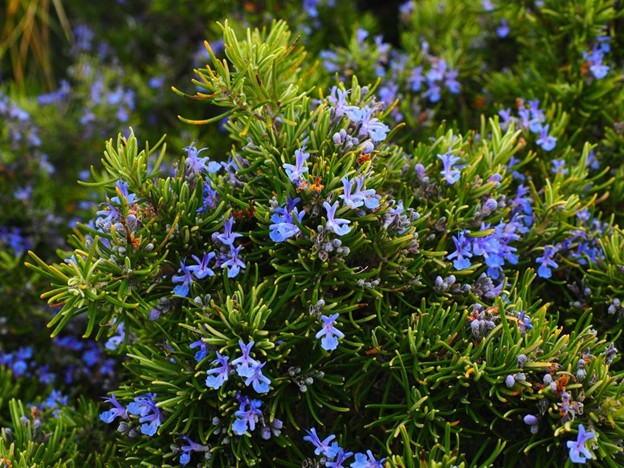The Garden of Simples

In the Middle Ages, the hortus simplicium was a fundamental setting for traditional medicine, a garden in which plants were cultivated for their therapeutic properties. This space not only had a practical function, but was also a centre of knowledge, where care for the body and spirit intertwined with nature. The plants that were cultivated in the hortus simplicium were called ‘simples’, a term that indicated those plants that possessed natural healing principles through direct extraction. In contrast, ‘composites’ were medicines obtained by mixing different substances, creating more complex and often more effective remedies.
Medicinal plants were not used directly, but underwent various treatments, which enhanced their properties and allowed for long-lasting therapeutic use. Among the most common methods, drying and maceration were used to preserve plants and prepare them for use. The officina, a Latin term for the laboratory where remedies were prepared, became the place where plants were transformed into extracts, powders, ointments and tinctures. From this practice came the term ‘officinal’, which is still used today to refer to those plants with medicinal properties that can be turned into therapeutic preparations useful for human health.
In this context, the garden of the ‘simples’ was not only a place of cultivation, but also a laboratory, where botanical knowledge, the art of healing and folk medicine came together to offer natural remedies. Medicinal plants were selected for their curative qualities and were often accompanied by aromatic herbs used for food purposes or to flavour food and drink, but also to provide relief from minor everyday ailments. Basil, rosemary, lavender, thyme and sage, for example, were plants that not only enriched kitchens, but were also essential for physical and mental well-being.
Today’s garden, which aims to revive this tradition of the ancient gardens of the simple, intends not only to preserve the historical memory of these practices, but also to bring back to life a variety of medicinal and aromatic plant species. These plants are cultivated with the same care and attention that medieval monks and gardeners devoted to their gardens, preserving biodiversity and keeping natural methods of care alive.
In this modern garden, which harks back to the medieval tradition of the hortus simplicium, the valorisation of medicinal and aromatic plants becomes a way of preserving the botanical heritage and educating new generations in the sustainable and conscious use of natural resources. Each plant, with its therapeutic properties, is a small treasure that continues to transmit, through the centuries, the ancient wisdom of natural cures.
